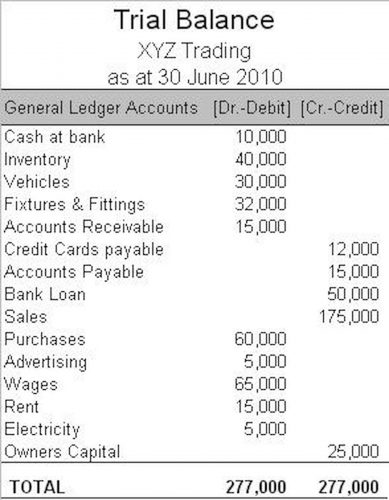
With the help of expense-tracking software, employers can manage payroll, overtime, and employee expenses without any problem. Let us summarize the topic of salary v wages – key differences with the following bullet points. Also, the take-home pay or the net salary of an employee is different from https://kacper.webwbudowie.pl/period-costing-how-to-recognize-the-costs-that-are/ the total or gross salary. The employer would deduct payroll taxes, retirement or insurance contributions, and any other work-related deductions. Employees who receive salaries are much more likely to receive benefits, such as healthcare, dental care, paid vacation, bonus, profit-sharing, pension plan or other retirement plans, and so on.

Types of Income:

Even in countries that have taken the lead in implementing family-friendly policies, such as Denmark, parenthood continues to drive a significant wedge in the earnings of men and women. New research suggests that family-friendly policies in the U.S. may be keeping the pay gap from closing. Gender stereotypes and discrimination, though difficult to quantify, also appear to be among the “last-mile” hurdles impeding further progress. The pay gap narrowed for all groups of women from 1982 to 2022, but more so for White women than for Black wages are different than salaries because wages are: and Hispanic women.
Self-Employment Income
- The decision rests on the unique demands of each job, your business requirements, and the preferences of your employees.
- Those who move from poorer areas do not see any effects from moving to high income areas.
- The earnings gap for Asian women narrowed by about 17 percentage points from 2002 to 2022, but data for this group is not available for 1982.
- This discovery put into perspective the dangers of low income areas like, the ghetto or places ravaged by outsourcing, become traps for those living there.
- Employees who are paid hourly wages are typically considered “non-exempt”.
- However, such cases are subject to specific rules and regulations under the labor law.
One approach to this was observing urban cities and regional areas to see if the density in cities causes some differences in how its economy develops. The Urban cities successes can be attributed to “Inventive activity, productivity, nominal wages, immigrants, government, and entertainment” all favoring urban cities economies.(Kim 2004). About half of employed women (48%) report feeling a great deal of pressure to focus on their responsibilities at home, compared with 35% of employed men. Among working mothers with children younger than 18 in the household, two-thirds (67%) say the same, compared with 45% of working dads.
b. Time of Payment
- But the degree to which this distribution is the result of personal choices or gender stereotypes is not entirely clear.
- This annual sum is divided into equal payments distributed on a regular schedule, providing a predictable and stable income.
- Well, the truth is that employers tend to offer such positions to those who they believe will make a long-lasting and remarkable impact on the company.
- However, you may have the option of moving into salaried roles as your career advances.
- His payment is directly proportional to the hours he has worked on a given day.
That is, they are eligible to receive overtime https://www.bookstime.com/articles/taxpayer-bill-of-rights-understanding-your-rights-as-a-business-owner pay for working over a stated full-time number of hours, such as 40 hours per week or statutory holidays. That is, if you typically make $20 per hour, overtime or statutory holiday work would be paid at $30 per hour. Salary and wage are two common terms used to describe the compensation an employee receives for their work.
Overtime Wages
These wages are sufficient to serve the basic requirements of an employee and his/her family. The Committee on Fair Wage defines a living wage as the minimum amount that covers all basic amenities that a person and his/her family can afford to live in a modern society. Similarly, the share of employed men with children at home peaks between the ages of 35 to 44, standing at 58% in 2022. This is also when fathers tend to receive higher pay, even as the pay of employed mothers in same age group is unaffected. In addition to being less likely than men to say they are currently the boss or a top manager at work, women are also more likely to say they wouldn’t want to be in this type of position in the future.



